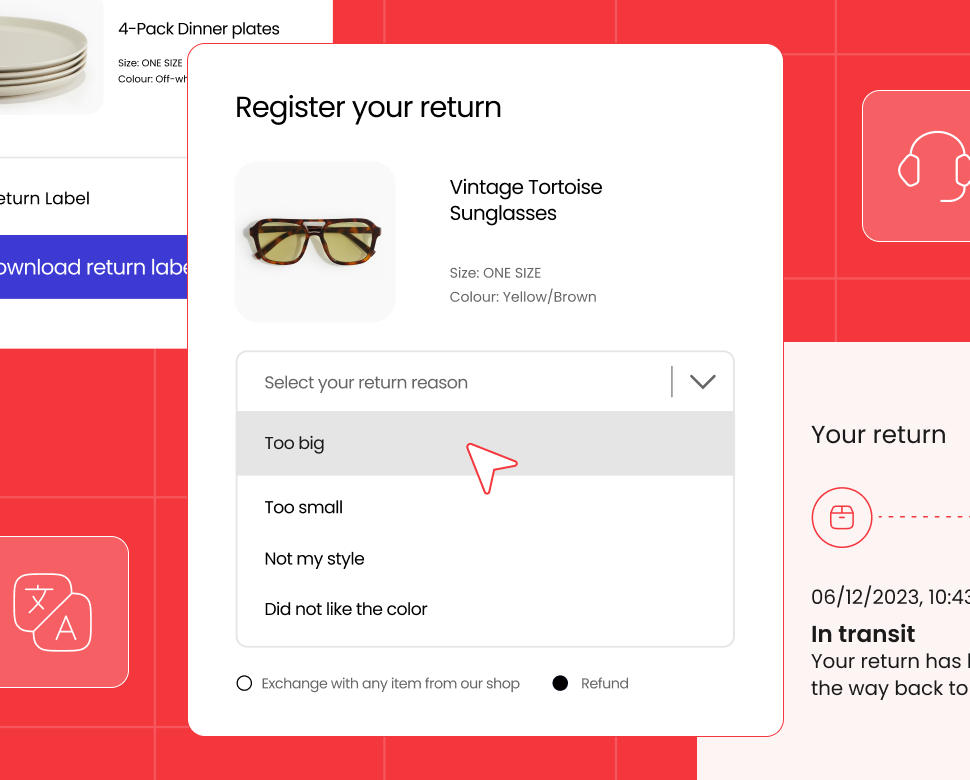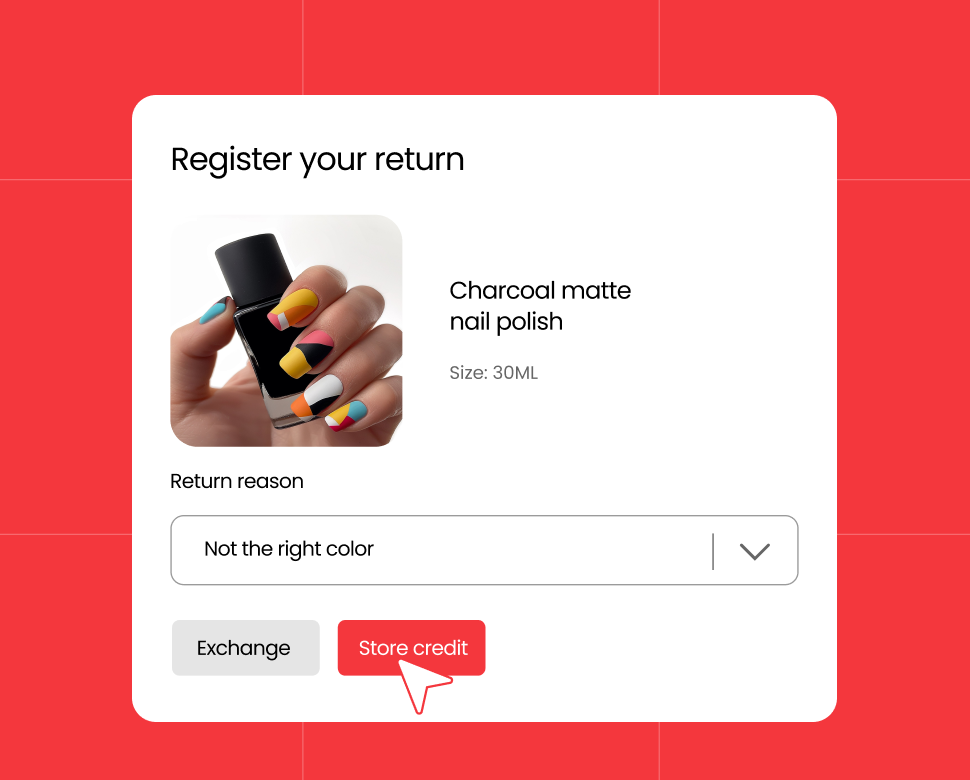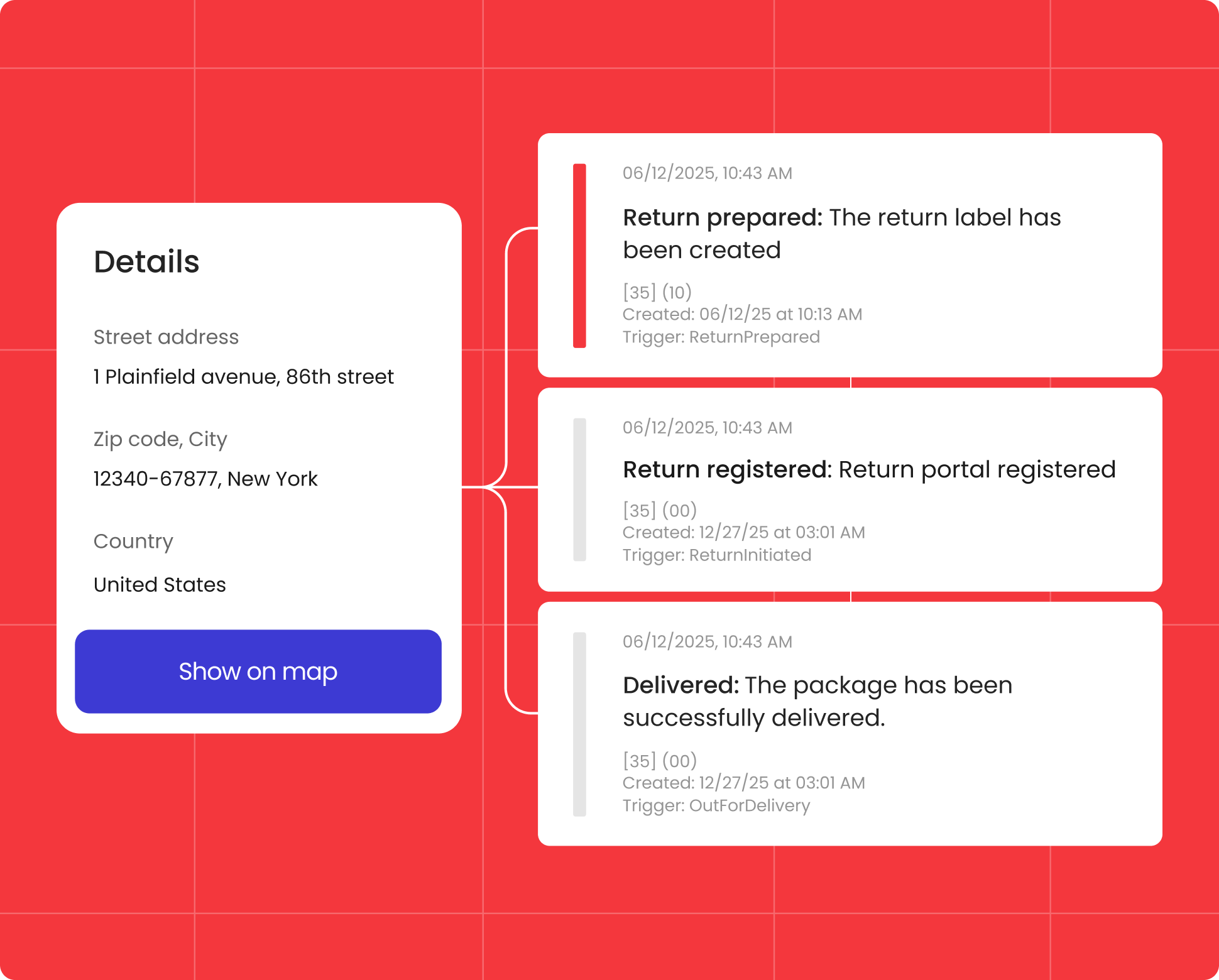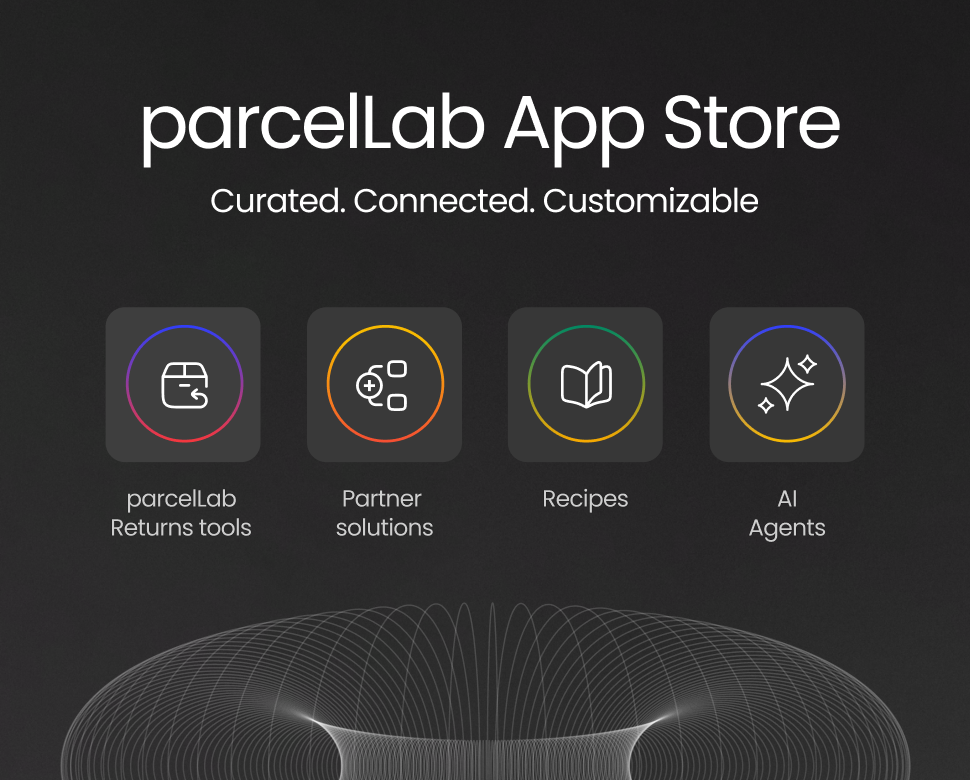The retail returns paradox: Should you protect margins or fuel growth?

Contents
Increase customer retention by improving your returns process today!
Returns are the one topic that retailers can’t escape from. They have evolved from a simple customer service offering to a complex challenge impacting both customer satisfaction and profitability. This evolution has given rise to what we call the “Returns Paradox,” the delicate balance between offering generous return policies to enhance customer experience and the escalating costs associated with processing these returns.
Consumer expectations vs retailer realities
Consumer behavior has been shaped by the convenience of online shopping, with many expecting hassle-free return policies. A survey revealed that 76% of consumers consider free returns a key factor when deciding where to shop, especially in the case of first-time shoppers.
On the other hand, the cost implications for retailers are significant. In the fashion industry, many brands face customers who buy items in multiple sizes and return the ones that don’t fit. When you take this into account along with return fraud, the cost is eating away at retailers’ bottom line. In response, about 66% of retailers began charging for returns in 2024, a shift from the previously common practice of offering free returns.
So, how does this relate to the returns paradox?
The returns paradox, explained
This paradox is what happens when you’re stuck between:
- Protecting margins: Slashing return costs and tightening policies in order to prevent return fraud and bracketing.
- Fueling growth: Keeping the customer experience seamless, flexible, and return-friendly even if it’s expensive.
Many retailers find themselves stuck, trying to plug leaky holes in return costs while still chasing aggressive growth targets. Add on inflation and tariffs, and the situation becomes even more frustrating. The truth is: focusing on just one means the other suffers.
And that’s not sustainable.
How to transform the way you think about returns
Returns shouldn’t be treated as a cost center or, in some cases, a hurdle that can’t be overcome. It’s not about going all in on protection or growth. It’s about integrating both into a cohesive strategy that unlocks long-term value.
Here’s how:
1. Enhance product information and expectations
Accurate product descriptions and visuals are crucial in setting customer expectations. As a first step in reducing returns, it is important to look at product detail pages, especially for clothing items, to minimize misunderstandings that lead to returns. Are there enhancements that should be made to sizing guides? Are there better ways of highlighting common issues so they can avoid future returns?
2. Automate return approvals and fraud detection
Leverage a returns management solution that can incorporate fraud detection mechanisms, such as custom workflows for high-value items and bulk orders. Returns should be easy for customers, but smart and strategic for retailers. The right solution enables brands to optimize return routing and, if necessary, generate the appropriate custom forms, tax documents, and invoices needed to promote smooth international returns.

3. Offer personalized return options
Encourage customers to opt for exchanges or store credit instead of refunds through a self-service return portal. This portal should be personalized to different customer segments to retain revenue and foster customer loyalty. For example, brands can offer loyal customers an incentive to select the store credit option so they can buy something else in the future. This rewards high-value customers, and in turn, retailers can take the time to educate and foster better relationships with low-value customers.

4. Leverage data for continuous improvement
Analyze return data to gain insights into product issues and customer behavior to drive smarter logistics, product improvements, and revenue planning. Return data can include anything from the reason a customer is returning an item to the times of the year when returns increase. By diving deeper into these insights, brands can identify patterns and make informed decisions to reduce future returns.
The big shift retailers must make
Returns aren’t just a thorn in your side. They are a retention strategy in disguise. Retailers must redefine the way they look at returns so that they can protect margins and increase revenue. That means aligning returns policies with:
- Customer expectations
- Brand promise
- Operational efficiency
- Long-term profitability
The most successful retailers of tomorrow will be the ones who get past the returns paradox and create a system that sees the customer journey as an endless loop. Through the alignment of the pre-purchase and post-purchase customer experience, retailers can maximize customer lifetime value and rise above the competition.



